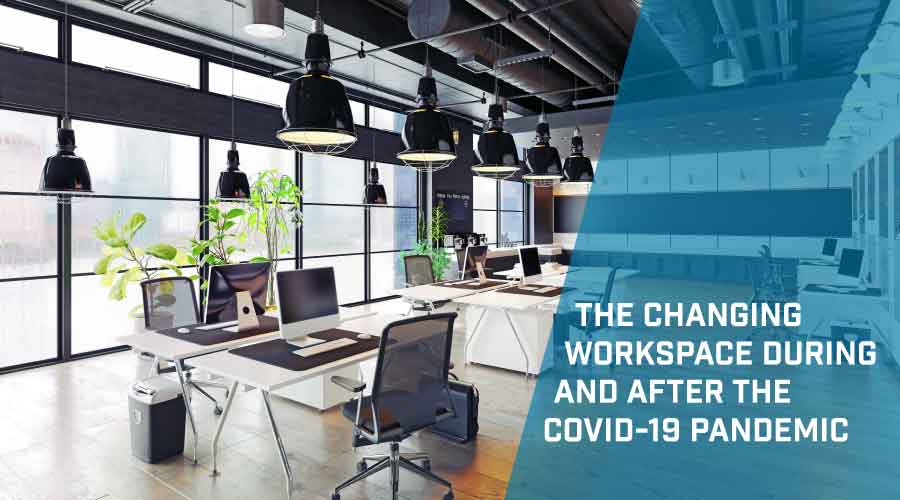When the COVID-19 pandemic hit the country in March 2020, some office spaces in the institutional and commercial facilities space were already in the process of changing the workplace. Many businesses were adapting to a hybrid approach to office workers, a mix of work-from-home and office work designed to give employees more flexibility and serve as a recruiting tool for potential new hires.
Then the pandemic struck, sending nearly all non-essential workers across the country home for an undetermined amount of time. Now, two years later, while many workers have found their way back to offices, some will never return and others are back on a hybrid basis. And the workspace continues to change.
“One of the major adjustments (facilities had to make) was the spatial distancing they’d have to do across the portfolio,” says Paul Head, director PH Advisory, on the changes many facilities were making to the workspace. “There were many approaches. Some took an every-other-day policy then had to reinforce a restrictive cleaning regime in order to ensure more desks were safe and secure. Others had reservation systems in place to ensure they would take certain areas off the board to ensure they would keep 6-foot social distancing.”
Facilities Managing Editor Dave Lubach talks with Head about the changes that occurred during the pandemic, and what the future looks like for the workspace.





